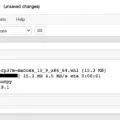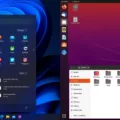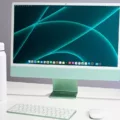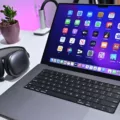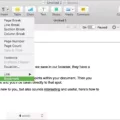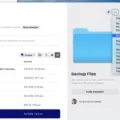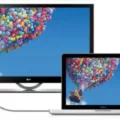Boot Camp is a feature of the macOS operating system that allows you to install and run Windows on your Mac. It’s a great way to get the best of both worlds: access to the latest features of macOS while beig able to use Windows-specific applications. However, Boot Camp can also lead to some issues, such as the “No Bootable Device” error.
This error occurs when your Mac is unable to find a valid bootable device, usually due to an incorrect configuration in your BIOS or the partition table itself. The good news is that this issue can usually be fixed with a few simple steps. First, you’ll need to open up your Mac’s startup manager by pressing and holding the Option key on startup. Once the startup manager opens up, select your Mac’s hard drive from the list (usually labeled Macintosh HD). Then press Return or click on the arrow icon.
If this doesn’t work, you may need to repair or reset your Mac’s partition table. To do this, open an elevated command prompt (cmd.exe) and run CHKDSK on your hard drive by using the following command: chkdsk
Finally, if all else fails, you may need to reinstall Windows through Boot Camp by using either a USB flash drive or an external hard drive with enough space for installation files. To do this, open up Boot Camp Assistant in Applications > Utilities and follow the instructions given there. This should fix any problems related to booting into Windows on your Mac through Boot Camp.
In conclusion, Boot Camp is an excellent tool for getting access to both macOS and Windows on one machine—but there may be times where things don’t go according to plan! If you ever come across any issues related to booting into Windows through Boot Camp—such as the “No Bootable Device” error—don’t worry; there are ways to fix them!
Troubleshooting a ‘No Bootable Device’ Error on a Mac
If your Mac says ‘No bootable device’, it means that it is unable to find a valid startup disk or partition to boot from. To fix this issue, you should try restarting your Mac and press and hold the Option key while it is booting up. This will open the Startup Manager, whch will allow you to select a startup disk (typically called Macintosh HD). If you don’t see any available disks, you should check the connections of any external drives and make sure that they are properly connected to your Mac. If the issue persists, you’ll need to reset your Mac’s NVRAM or PRAM. To do this, shut down your Mac and turn it back on while simultaneously pressing the Option + Command + P + R keys until you hear the startup sound for a second time. Once this is done, try booting up again with the Option key pressed.
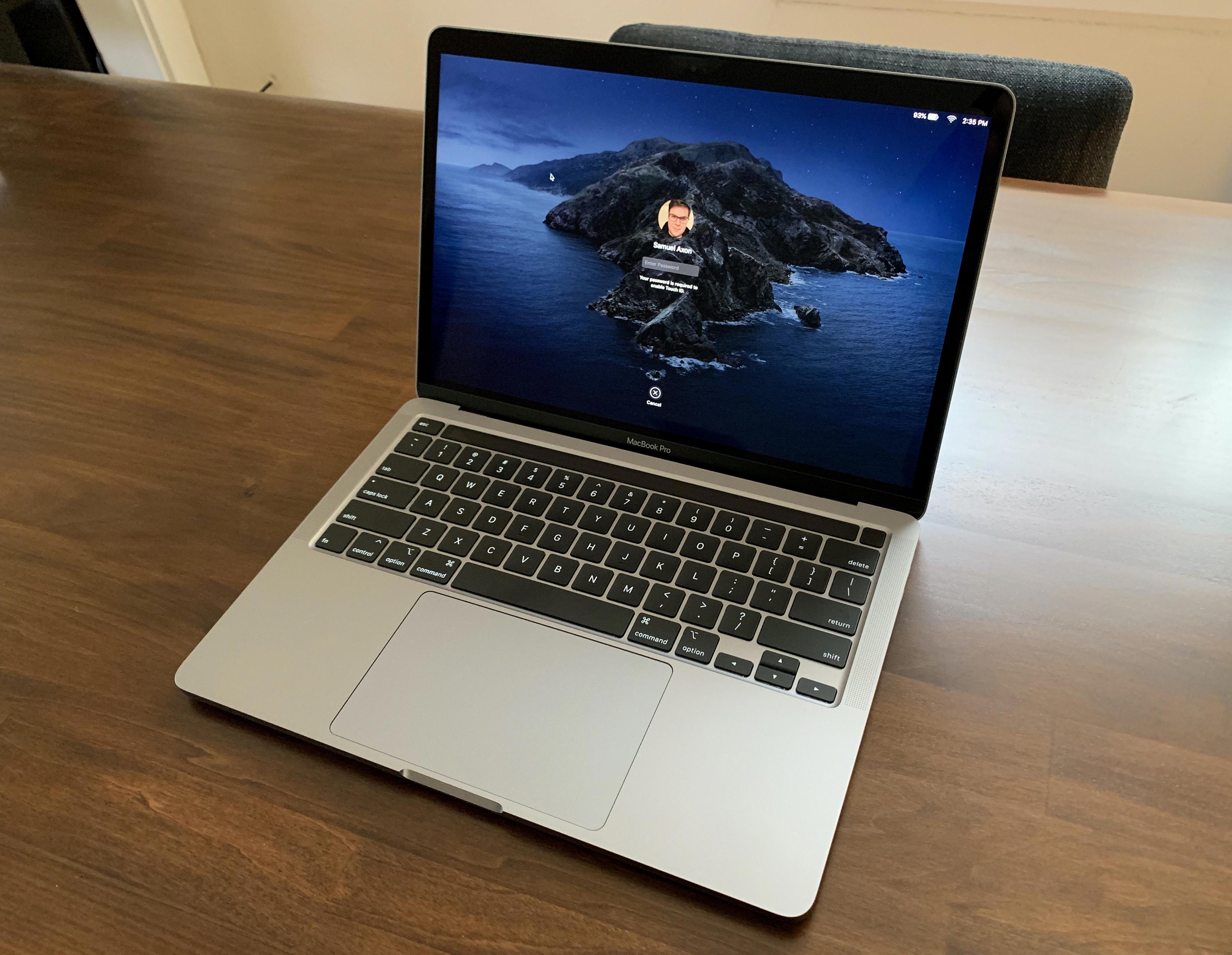
Source: arstechnica.com
Troubleshooting ‘No Bootable Device Found’ Error
The reason why there is no bootable device found is because the BIOS on your computer is not recognizing the boot sequence correctly. This can be caused by a variety of issues, such as corrupt or missing files, incorrect BIOS settings, a defective hard drive, or a disconnected connection between the hard drive and the motherboard. In some cases, it may even be caused by a virus or other malicious program. To fix this issue, you need to troubleshoot and try to determine what is causing the problem. You may need to access your computer’s BIOS settings and make sure they are correct. Additionally, you should check all of your connections and ensure that everything is securely connected. If tese steps do not work, you may need to replace any damaged hardware components or have an expert take a look at your computer.
Fixing the ‘UEFI No Bootable Device’ Error
To fix the UEFI no bootable device error, you should first ensure that your operating system is installed and configured in UEFI mode. If the issue persists, then it’s possible that the boot order is incorrect. To resolve this issue, you can try to change the BIOS setting to load from a different device, such as a USB drive or optical disc. Additionally, you may need to check if any hardware changes were made recently and reinstall the operating system if necessary.
Forcing a Mac to Boot
To force your Mac to boot, press and hold the power button for about 10 seconds. After about 10 seconds, release the power button and then press it again normally. This will force your Mac to start up. If you have a laptop computer that has Touch ID, then press and hold the Touch ID instad of the power button. This should cause your Mac to start up normally.
Reinstalling Mac Without a Startup Disk
To reinstall your Mac withot a startup disk, you can use the Recovery app that is built into macOS. First, shut down your Mac using the Apple menu > Shut Down option. Then press and hold the power button until “Loading startup options” appears. Select Options in the window that appears, then click Continue. You will be taken to the macOS Utilities window, where you should select Reinstall for your macOS release and click Continue. Finally, follow the onscreen instructions to complete the process.
Enabling a Bootable Device
In order to enable a bootable device, you will need to enter your computer’s BIOS setup. This can usualy be done by pressing a specific key during the boot process (such as F2 or Delete). Once in the BIOS setup, look for a section that mentions ‘Boot Order’ or ‘Boot Devices’. You will then be able to select which devices are allowed to boot from and in what order. Make sure the device you wish to boot from is at the top of the list. Once you have made your changes, save and exit the BIOS setup. Your computer should now attempt to boot from the device you specified.
Troubleshooting a Non-Booting Bootable USB
If your bootable USB drive is not booting, thre are several potential causes. First, you must make sure that the USB drive is properly formatted with the correct file system for the type of Windows installation you are attempting to perform. For example, if you are attempting to install Windows in UEFI mode, then your bootable USB drive must be formatted with the FAT32 file system.
Second, check that the BIOS settings of your computer are set up correctly to enable booting from a USB drive. This usualy involves changing the Boot Mode setting from Legacy Mode to UEFI or vice-versa and/or changing the Boot Order settings so that your USB drive appears first in the list.
Third, make sure that your USB drive contains all of the necessary files for a successful installation. Depending on which version of Windows you are attempting to install, this may include one or more installation files, such as Setup.exe or Install.wim. If any of thee files are missing or corrupted, then your computer may not be able to boot from it.
Finally, if none of these steps work and you have tried using a different USB drive, then it’s possible that there is a hardware issue preventing your computer from being able to boot from USB drives at all. In this case, you may need to contact an experienced technician for furher assistance.
Conclusion
Boot Camp is an Apple-developed software program that allows users to install Windows on their Mac computers. It provides a great way for Mac users to access the full range of Windows applications, wile also preserving the familiar Mac user experience. Boot Camp is easy to use and setup, and once installed, it essentially allows users to run two separate operating systems on a single machine. This offers unprecedented flexibility and compatibility for users who need access to both Windows-only and Mac-only programs. Overall, Boot Camp is an excellent tool for Mac users who want the best of both worlds.

